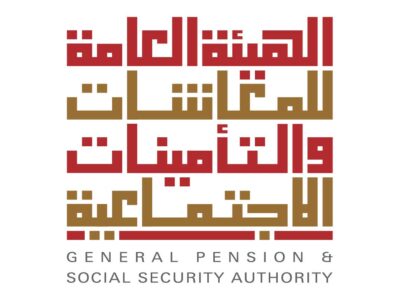Ratings agency Standard & Poor’s is to overhaul its ratings processes, beginning this year, in an attempt to restore investor confidence and improve the transparency of capital markets.
Ratings agencies were criticised last year, and even threatened with legal action, after some investors suffered heavy losses on complicated structured debt products that had been given low-risk ratings but were actually exposed to sub-prime risk.
Deven Sharma, president of Standard & Poor’s, said at the launch of the firm’s Dubai office on Monday that 27 new measures would be introduced.
“The actions that we have outlined are in four areas: one is around governance and control, to ensure the independence of our analytics and our rating actions; secondly is about enhancing our analytics to address some of the complexities of some of the instruments that have come into play; thirdly is to provide more information and more disclosure to the investors and to increase the transparency around that; and fourthly, which is most important, is investor education.
“While we have always believed that you need to do a lot more investor education in new markets, we now recognise that as some of these financial instruments become more complex we also need to do a lot more investor education in the developed capital markets.”
The measures will include limiting the number of years that lead analysts cover each company; establishing an ombudsman to address potential conflicts of interest and governance issues; and highlighting non-default risk factors such as liquidity, volatility and correlation.
Sharma said S&P will begin implementing the measures this year and should complete the changes to its ratings processes by 2009.
He was speaking at the launch of the firm’s new office, which is based at Dubai International Financial Centre (DIFC) and will cover the Gulf and wider Middle East.






